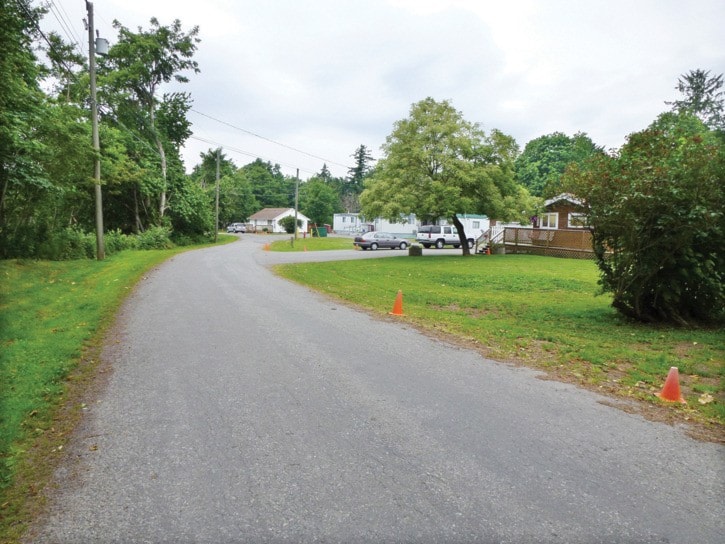A Semiahmoo First Nation woman says she will be lodging a complaint with Statistics Canada, following a frustrating visit by an aggressive census enumerator.
Roxanne Charles claims the canvasser kept her on her doorstep last Friday afternoon, insisting she had to complete a census questionnaire then and there.
Charles – a single mother of two who is working to complete her bachelor of fine arts degree at Kwantlen University – said she told the woman the timing of the visit was inconvenient and wondered why she couldn’t fill out the census online.
She said the canvasser then threatened to call the police and said she faced a $1,000 fine if she didn’t co-operate.
Contacted this week, Statistics Canada communications manager Peter Liang said such an approach does not represent policy nor training of canvassers. He urged Charles to call a census help line to report the incident.
“We deal with complaints of this nature very promptly,” he said. “This is very serious.”
But the issue has also raised the fact – unknown to Charles until now – that reserve residents are treated differently in the census than many other Canadians.
This year, a majority of Canadian households (60 per cent) were contacted by letter offering either a paper or online option for filling out Canada Census 2011, while some 20 per cent of households were mailed a paper questionnaire. But remaining households are being counted through more traditional canvasser operations, Liang said.
“For residents on reserves… respondents are contacted directly by an enumerator and the questionnaire is completed at the dwelling, generally by interview,” he said. “This takes place in northern and remote areas and on reserves, Indian settlements, Indian Government Districts and terres réservées.”
Liang said the methods used for collecting census information from different demographic groups in Canada are determined by what has proven successful in previous counts. For instance, the 2006 census was the first that offered an online option, and this year the online census was offered to those that had shown the greatest response.
“On reserves, (enumeration) is the methodology that has worked best from past experience.”
Liang noted, however, that reserve residents also have the online option, but added that since the information collected is vital to their communities, follow-up visits are conducted.
Charles – who noted Friday’s visit was her first contact with Statistics Canada about the current census – said that wasn’t the message she received from the enumerator. The woman told her the questionnaire would take 20 minutes, and said they could fill it out together on Charles’s porch.
“I said that now wouldn’t be a good time and asked why I couldn’t fill it out online, like I’d heard about on the radio,” Charles said. “She said that because I lived on the reserve, I didn’t have that option and I had do it with her. I told her I thought that was discriminatory. That’s when she said, ‘if you don’t fill it out with me, I will call the police and they’ll be coming here and you’ll be issued a fine of $1,000.’”
Liang said that if that was the information Charles had been given, it was “completely wrong.”
He emphasized that while, by law, everyone must complete the census, imposing penalties is not part of its mandate.
“Only after every reasonable attempt has been made to collect census information would we consider referring a case to the Public Prosecution Service of Canada, and it would be up to them to decide what they wanted to do.”
Charles told Peace Arch News that – while she intends to follow up the incident with a complaint to Statistics Canada – she is more than willing to comply with a reasonable request for information from them.
“I don’t have a problem with having to fill out the census.”
